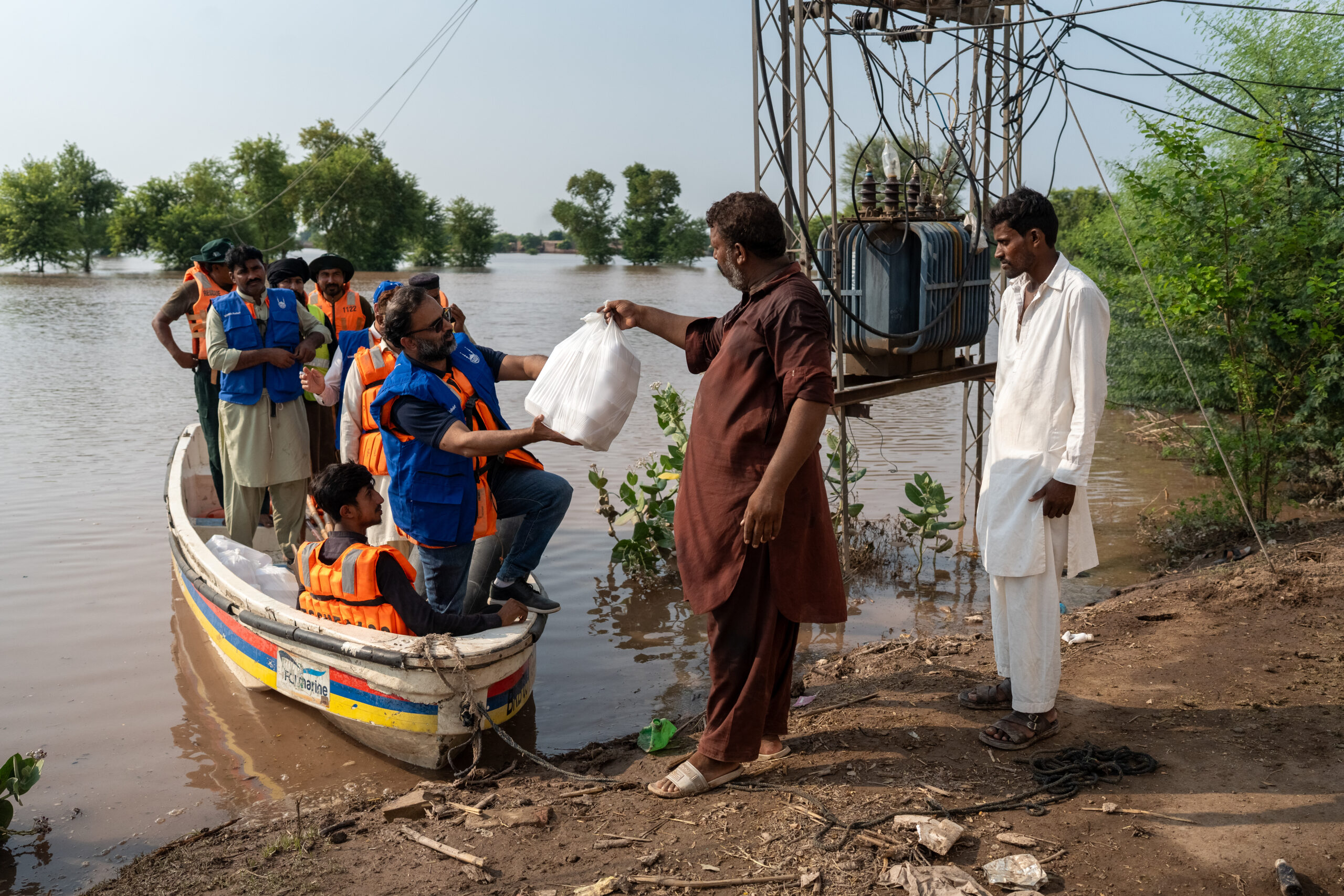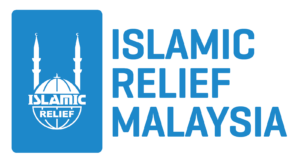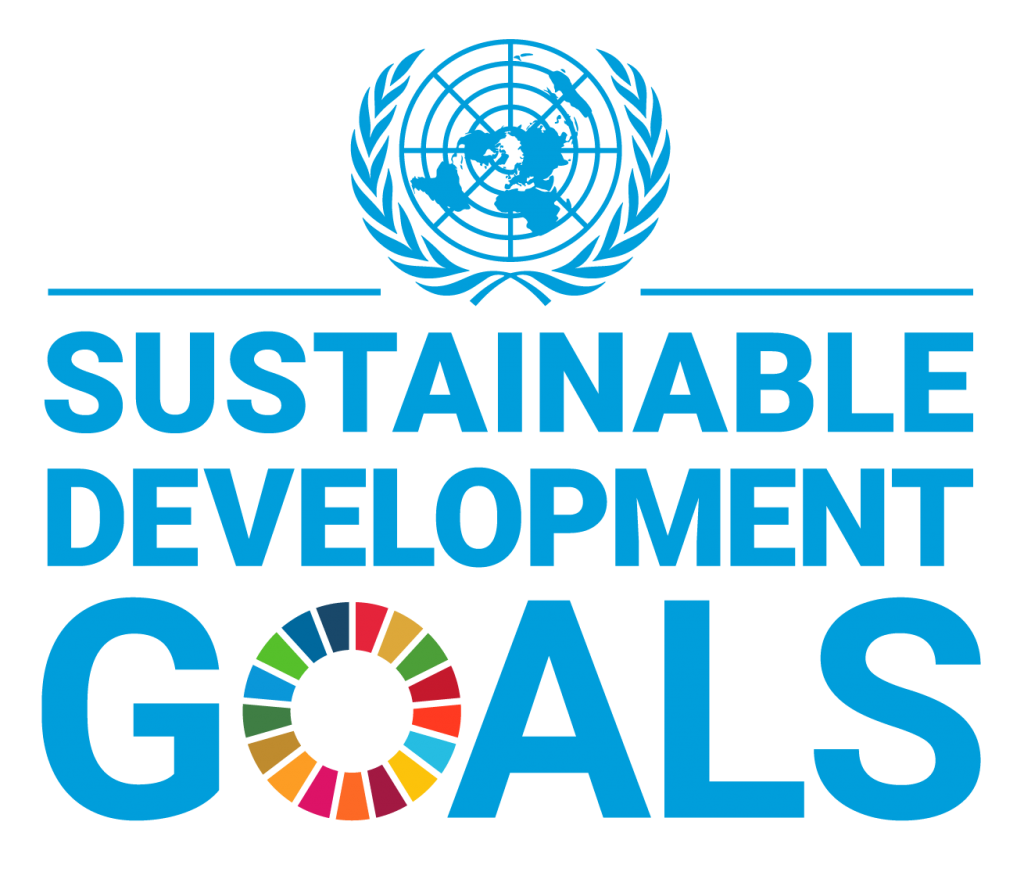
PAKISTAN, September 9 – Since late June 2025, Pakistan has been facing above-normal monsoon rains which triggered widespread flooding, flash floods, cloudbursts and landslides across Khyber Pakhtunkhwa (KP), Punjab, AJK, Gilgit-Baltistan, Sindh and Islamabad.
According to the National Disaster Management Authority (NDMA), 829 people have lost their lives, 1,116 have been injured and tens of thousands of houses have been destroyed or damaged.
The situation remains most critical in Punjab where extreme flooding of the Chenab, Ravi and Sutlej rivers has affected nearly two million people and displaced around 500,000.
Over 2,200 villages have been inundated, while large-scale evacuations and the establishment of more than 500 relief camps are ongoing.
Islamic Relief in Pakistan has been on the ground since the onset of the disaster, mobilising emergency response teams in the worst-hit provinces.
In Punjab, Islamic Relief is operating relief activities in Naroval, Jhang, Muzaffargarh, Multan and Rajanpur including managing a camp in Muzaffargarh for 200 household where families receive hot meals and safe drinking water daily.
In KP, which has recorded the highest human toll with 484 deaths, Islamic Relief teams continue to deliver food and non-food supplies to affected mountains districts such as Buner, Shangla and Swat despite damaged roads and difficult access.
Meanwhile in Sindh, teams are on high alert as floodwaters advance towards the province, working closely with local authorities to prepare for rapid response.
To date, Islamic Relief has reached over 22,000 people with life-saving assistance. Initial assessments indicate unprecedented levels of destruction and Islamic Relief plans to scale up its response to reach one million families (around 7 million people) in the coming months.
Over the next 12-18 months, Islamic Relief will support communities not only with urgent relief but also with long-term recovery, including restoring livelihoods, repairing shelters and strengthening resilience.



